Introduction: Why First Party Data Matters Now
Data has always been vital for marketers to understand their customers. In 2025, data collection and activation regulations are evolving rapidly. Third-party cookies are disappearing, privacy regulations are stricter, and consumers are more conscious about how their information is used. This makes the first party data the most valuable resource CMOs can use to build growth.
First-party data isn’t just a substitute for cookies it’s a powerful tool to engage customers across the full marketing funnel, from awareness and consideration to conversion and advocacy. When humanely gathered and utilized, it enables brands to campaign in a personalized manner, gauge outcomes precisely and facilitate loyalty.
We can deconstruct the way first party data powers full-funnel marketing, and how modern brands are applying it to this day.
What Is First Party Data?
First party data refers to the information that you get directly out of your customers or audience. First party data is obtained directly through contact with your brand and unlike third-party data which is purchased by other companies, it is not obtained indirectly. Examples include:
- Website activity (pages views, product views)
- Mobile app usage
- Participation in the loyalty programs.
- Purchases in-store or online
- Newsletter subscriptions
- Survey responses
- Social media engagement
The difference is trust. Customers are giving you their data with their understanding and in many cases they are providing it in
exchange of something; value a personalized experience, exclusive access or reward. This renders first party data more pertinent and more viable compared to third party options.
Why First Party Data Is the Future of Marketing
The transition to first party data is not exactly only a matter of cookies. It is the smartening of marketing and making it more customer-focused.
- Accuracy: Data that is obtained through your customers is more accurate than data that is purchased.
- Compliance: First party data is the most secure method of remaining compliant with privacy laws such as the DPDP Act and GDPR in India, as well as the CCPA.
- Trust: Customers who voluntarily provide data are more likely to engage with personalized campaigns.
- Control: Brands also have ownership and control over the data, rather than relying on third-party sites.
In the case of CMOs this translates to more control over the marketing funnel and better customer long-term relationships.
First Party Data at the Awareness Stage
The highest part of the funnel is awareness and the aim here is to contact as many possible customers. Mass reach is no longer sufficient. Awareness campaigns can be highly targeted using first-party data.
- Lookalike Audiences: Lookalike audiences will be built based on first party data of a brand, reflecting the best customers. As an illustration, data of the shoppers who are loyal can be utilized by an e-commerce brand to locate similar audiences on the social sites.
- Personalization of Content: Brands can run specific advertising to different customer groups instead of running generic advertising. One segment of a beauty brand could market skincare tips and the other could market makeup tutorials.
- Contextual Targeting: Ads can be placed in the right context with first party data.If a customer has shown interest in environmentally-friendly products, they can be shown ads emphasizing sustainability.
Example: Nike gathers first party data on its app users and uses the information to understand behavior then executes targeted campaigns that promote the right category of sports or product. This renders the awareness programs of the brand personal at the scale.
First Party Data at the Consideration Stage
Consideration is where potential customers consider options. They were interested but they are yet to make a choice. This is where first party data can be used as a point of competition.
- Email Journeys: It means that brands can deliver targeted email sequences depending on the history of browsing. In case somebody made a glance at a product and never bought it, they may be reminded with reviews or comparisons.
- Personal Recommendations: First party data is used by e-commerce sites to display you might also like recommendations, which direct an individual towards a purchase.
- Retargeting: With first party data, brands can retarget customers on digital channels. A traveling brand can contact a person with a reminder of a flight he/she has searched with the hotel solutions.
Case Study: Amazon is an expert when it comes to consideration-stage marketing. All product views and search feed into customized recommendations, which improve the likelihood of conversion.
First Party Data at the Conversion Stage
Action is conversion of intent. Friction and trust are minimized and maximized with the assistance of first party data at this stage.
- Dynamic Pricing and Offers: With first-party data, brands can offer personalized discounts or bundles. As an example, an upgrade package could be provided to a customer who purchases electronics frequently.
- Payment Preferences: Brands can showcase the option of payment at the checkout to make the buying process easier to complete in case a customer always pays via UPI.
- Cross-Selling and Upselling: The purchase history is used to determine the possibility to sell complementary merchandise.
Example: Swiggy leverages first party information to suggest add-ons based on the orders made previously. It may remind you of pizza with garlic bread or dessert, in case you constantly buy it. This enhances not only conversion, but order value also.
First Party Data at the Advocacy Stage
Loyalty occurs in the form of advocacy where the customers become promoters and fans. The first party data is critical in this case as it will allow maintaining the relationship even after the purchase.
- Loyalty Programs: Brands will be able to program rewards according to personal preferences. Lounge access can be a better option than cash back to a frequent flyer.
- Surveys and Feedback: Gathering first hand feedback is a way to make products better and trusting.
- Exclusive Access: With first party data, the brand is able to invite best customers to VIP events, early-launches or special communities.
Example: Sephora has an insider incentive program that is based on first party data to reward customers who spend money, write reviews, visit events, or otherwise interact with the brand. This results in repeat customers.
First Party Data and Customer Lifetime Value
First party data marketing is never a one-time purchase. It is concerning customer lifetime value (CLV) maximization. With knowledge of your most loyal and most profitable customers, you can:
- Focus on retention and not acquisition.
- Seek out high value segments to target.
- Develop anticipatory models.
Example: Starbucks Rewards gathers first party data by placing orders in the app. With purchase pattern analysis, Starbucks is in a position to know when the customers would be most likely to visit and what customers prefer to ensure it can fuel repeat visits with custom-crafted offers.
First Party Data and Technology
Brands require appropriate technology in order to make the first party data helpful.
- Customer Data Platforms (CDP): CDSs combine data across various sources into one platform.
- CRM Systems: CRMs control the interactions and history of the customers.
- AI and Machine Learning: AI uses big data to make predictions and personalization on a massive scale.
First party data is in silos without the appropriate tools. It drives the entire funnel with the proper systems.
First Party Data and Trust
None of this can be done without trust. Consumers will provide such data but only when they are assured of how the data will be used. Privacy and transparency are not an option.
- Have a reason as to why you want data.
- Give back something of substance, such as exclusive content, unique offers, or loyalty points.
- Empower customers to make decisions about the use of their data.
Respecting trust means that brands gather more quality data and create more loyal people.
Conclusion: First Party Data as the Engine of Full-Funnel Marketing
The first-party data is not only the substitute of third-party cookies. It is the basis of whole funnel marketing. Building on awareness to advocacy, it assists brands to know their audience, to provide personalization and loyalty.
This is a challenge and opportunity for CMOs. The issue is gathering and mobilizing data in a responsible manner. The opportunity is designing campaigns which lead to growth without exploiting customer trust.
HT One Audience: Putting First Party Data Into Action
Gathering first-party data is just the beginning. The real value lies in activating it across the entire marketing funnel.This is where HT One Audience comes in.
The first party data platform of HT Media is called HT One Audience. It provides access to brands to agreed, quality segments of its audience created through millions of actual experiences across the HT online properties. With One Audience, brands can:
- Scale and precision in targeting audiences.
- Conduct campaigns that are customer-oriented in terms of interest and behavior.
- Get funnel results close to the mark.
HT One Audience helps eliminate meaningless impressions, ensuring meaningful engagement and measurable results by integrating reach, credibility, and first-party data.
Learn more about HT One Audience
Frequently Asked Questions
What is first party data?
The first party data is data gathered by the company on its customers like visits to the site, app usage, purchases, or loyalty program activity.
Why is first party data better than third-party data?
It is more respectful, privacy-adherent and trust-based. The customers voluntarily exchange it in a way that they receive value.
How can first party data be used in full-funnel marketing?
It is able to reach out to new audiences (awareness), personalize experiences (consideration), make conversions, and maintain loyalty (advocacy).
How do brands collect first party data?
With the help of websites, applications, loyalty programs, surveys, events, and interactive campaigns such as quizzes or gamified content.
How does HT One Audience help with first party data?
HT One Audience offers quality first party data segments of consent on scale that enables brands to execute full-funnel performance and accurate campaigns.
Ready to take your brand to the next level? Connect with us today to explore how HT Media can amplify your presence across our diverse portfolio of 25+ brands and properties. Let's turn your brand vision into reality!

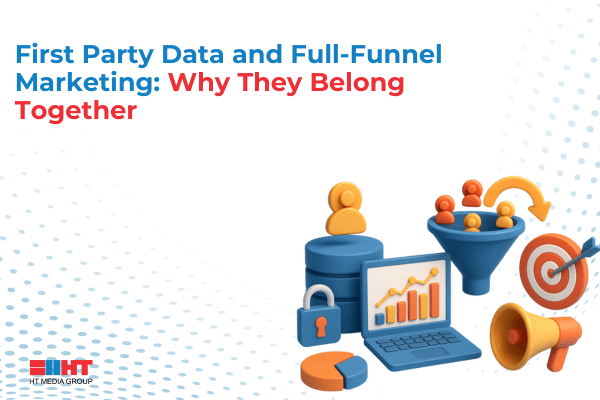

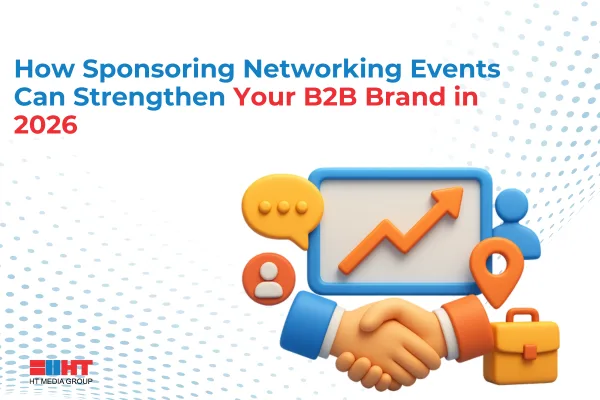
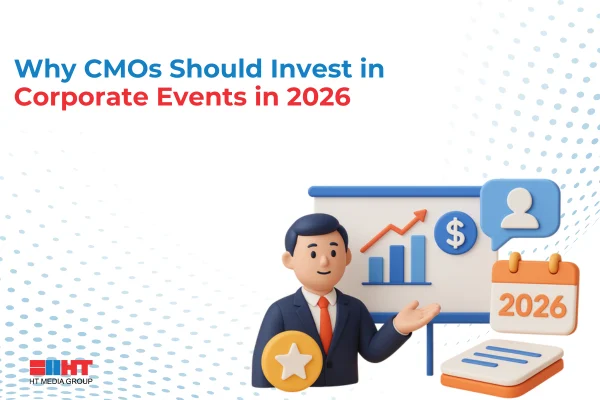
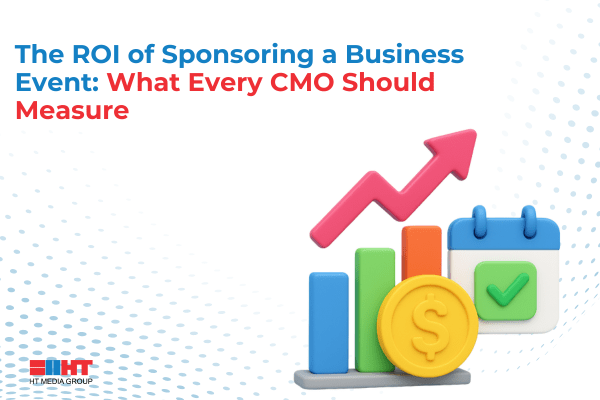

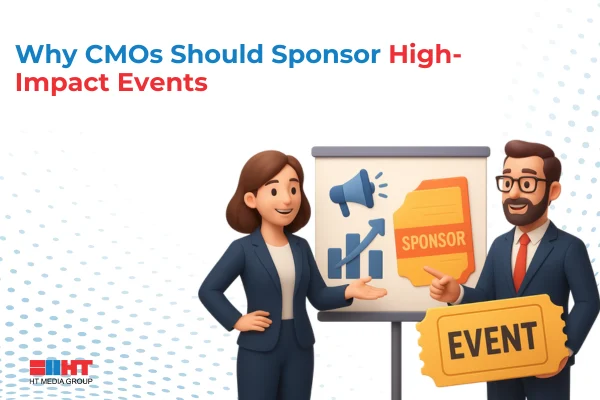




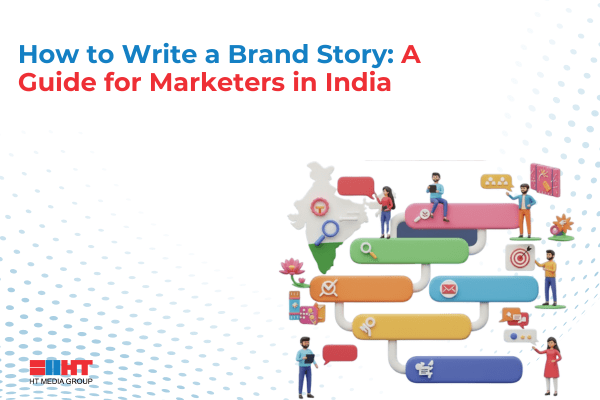
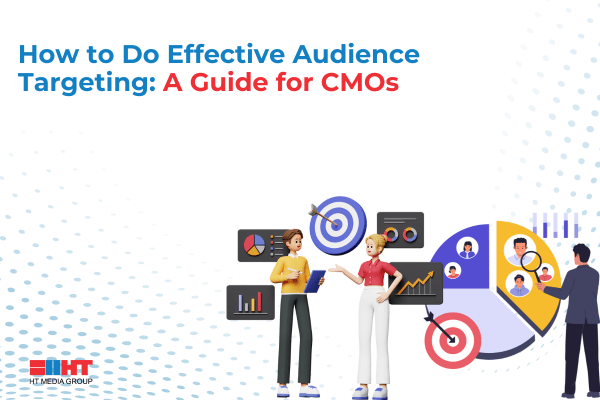
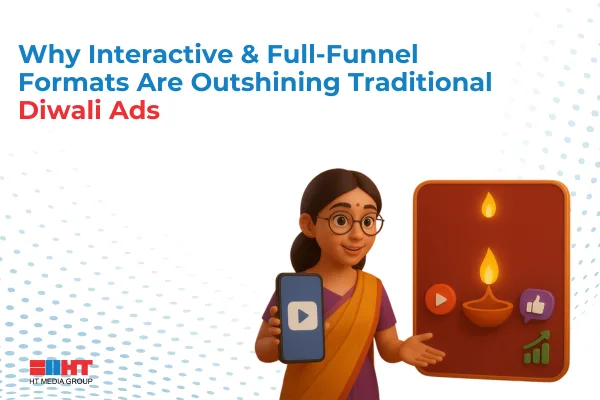

Comment